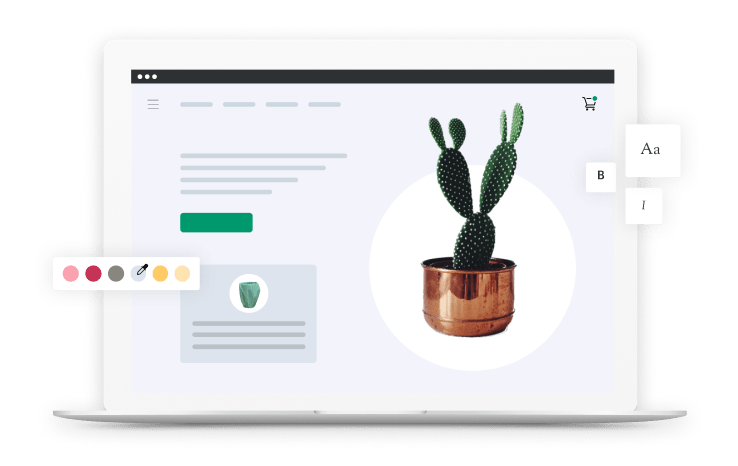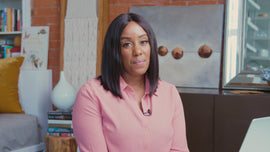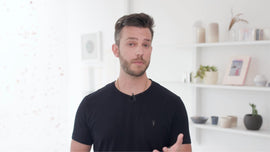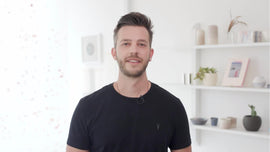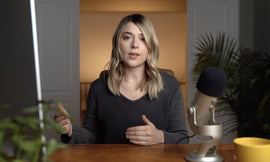-
You've already completed the crucial step of adding your first product to your store. But there are a few essential elements of your e-commerce store that aren't product pages. We're going to work on those now. Your "About Us" page and your "Contact" page help convey trust to the visitor. It helps them to know there's a real person behind the business and how to contact them. Another helpful page is to add a "Frequently Asked Questions." This is where you can help answer common questions related to your product and ideally save time on customer support inquiries.
-
Shopify makes it easy to add a new page without the help of a developer or needing to know how to code. Add the title for the page and the content in the description. Be descriptive and clear when choosing your page title. The web page title is displayed in the tab or title bar of browsers. The rich text editor displays the text in the same style that it will appear online. You can format your text and change the color by choosing options in the rich text editor.
-
You can also insert links, tables, images and videos into a web page. In the visibility field, you can choose whether you want your web page to be published or not. By default, your new web page will be visible when you click "Save." Otherwise, you can work on the page for a while before making it public. Lastly, you'll want to edit the search engine listing preview to help customers find your web page and encourage them to click the link.
-
Just like you edited your product and collection page for search engine optimization, you can do the same for the custom pages you create. Add in a page title and description. As you'll learn in the SEO course we've linked below, keep your URL short and precise. For a contact page, it can be as simple as "contact" or "contact-us." If you're writing words in a URL, you should separate them with a hyphen to help search engines understand the words.
-
You'll notice a section called "Template," which you can come back to once you've selected a theme. I'll teach you about themes in an upcoming lesson. Some themes on Shopify offer you set page templates to make your job a little easier. Again, this is something you can come back to to improve your pages. Continue this process and add new pages for any content that you want in your store. The pages will not be visible until you've linked them under your navigation.
-
I'll show you how to do this in an upcoming lesson. Another type of page you'll consider adding on your store is a blog to help with your marketing efforts. In the online store section, you can click "Blog" and create blog posts to get started. It looks a lot like the page builder, but gives you the option to add a few more details. There are two main reasons to start a blog: The first one is to strengthen your brand through what's called "thought leadership." If you're starting a tea business targeting tea enthusiasts, you may start a blog about tea.
-
Your blog might feature posts about different types of tea from around the world or how they're harvested. The idea is that you're writing about topics that your target audience cares about. When they read your blog and enjoy their experience, your brand earns their trust over time. The second main reason for starting a blog is for search engines. Someone might search on Google: "How is tea made?" Because you've written a great blog post on the topic, you may show up in search results.
-
This person may not have had the intention of buying tea, but now they've arrived at your blog and they might start browsing your online store. Writing a blog post in order to earn trust and get new traffic is something called "content marketing." It's a great, low-cost, long-term strategy for your business but it does involve writing quality blog posts on a regular basis. Now, you've selected a domain and you know how to create pages on your website.
